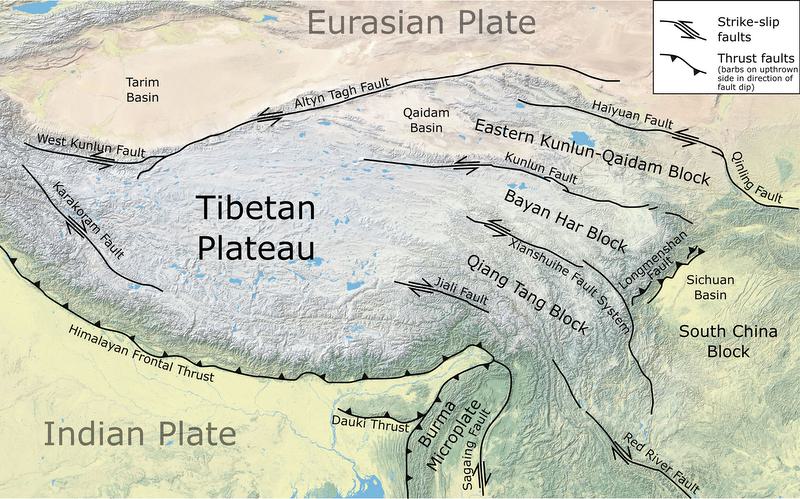| [UPSC 2018] Appropriate local community level healthcare intervention is a prerequisite to achieve ‘Health for All’ in India. Explain.
Linkage: Define “Health for All,” stress the role of community-level interventions, give examples, analyse challenges, and suggest improvements. The article illustrates this through doorstep schemes and participatory platforms like VHSNCs, showing both their potential and the need for empowered local engagement to achieve universal health coverage. |
Mentor’s Note: As states roll out doorstep healthcare schemes like Makkalai Thedi Maruthuvam in Tamil Nadu and Gruha Arogya in Karnataka, the delivery of medical services has never been closer to people’s homes. But are citizens equally close to influencing the policies that shape their health systems? This article examines the role, challenges, and future of civic engagement in India’s health governance, critical for UPSC aspirants studying governance, social justice, and public health policy.
Introduction:
The health sector in India has witnessed significant decentralisation and outreach in recent years, with state-level doorstep healthcare schemes targeting non-communicable diseases (NCDs) and improving last-mile service delivery. While these programmes mark a leap in proactive care, the real test of a healthy democracy lies in the citizens’ ability to meaningfully engage with health governance. Public participation affirms democratic values, improves accountability, and ensures policies reflect community realities. However, despite institutional mechanisms like Village Health Sanitation and Nutrition Committees (VHSNCs) and Mahila Arogya Samitis, citizen participation remains sporadic and often symbolic.
The Subject of Citizen Engagement in Health Governance
Historically, health governance was a government-led function. However, it has evolved to include a diverse range of stakeholders, including civil society organizations, professional medical bodies, hospital associations, and trade unions. This multi-actor landscape underscores the need for robust civic participation.
The Rationale for Civic Engagement in Health Governance
- Democratic Empowerment: Affirms citizens’ rights and dignity in decision-making.
- Affirms self-respect and counters epistemic injustice: Ensures that the knowledge and lived experiences of communities are incorporated into policy-making.
- Accountability & Anti-Corruption: Inclusive participation challenges elite capture and opaque systems.
- Improved Health Outcomes: Fosters collaboration with frontline workers and enhances service uptake.
- Fosters collaboration and trust: Encourages mutual understanding between providers and communities.
Institutional Frameworks for Participation
- Rural Mechanisms: VHSNCs, Rogi Kalyan Samitis under NRHM (2005), with untied funds for local initiatives.
- Urban Platforms: Mahila Arogya Samitis, Ward Committees, NGO-led forums.
- Design Intent: Inclusion of women and marginalised groups, local problem-solving.
Committees that are involved in local health services:
- Village Health Sanitation and Nutrition Committees (VHSNCs) – Rural-level platforms under the National Rural Health Mission (NRHM), meant to involve communities in planning and monitoring local health services.
- Rogi Kalyan Samitis (RKS) – Hospital/health facility–level bodies to manage resources and improve service delivery.
- Mahila Arogya Samitis (MAS) – Women-led urban community groups under the National Urban Health Mission for health awareness and monitoring.
- Ward Committees – Urban local body forums for community participation in service delivery, including health.
- NGO-led Committees – Non-government platforms facilitating civic participation in health planning and monitoring.
|
Challenges to Effective Engagement
- Structural Issues
-
- Committees not formed in some areas; where present, plagued by: Ambiguous roles, Irregular meetings, Poor intersectoral coordination and Social hierarchies limiting participation
- Mindset Barriers
-
- Policymakers view communities as beneficiaries rather than rights-holders.
- Target-based evaluation such as the number of individuals reached overshadows participatory processes. It results in a system that prioritizes numerical targets over qualitative engagement.
- Dominance of medical professionals with little public health training. This leads to hierarchical and medicalized systems that are disconnected from community realities.
- Promotions based on seniority, not expertise.
- Resistance Factors
-
- Fear of accountability pressure.
- Regulatory capture by dominant interests.
- Unequal playing field in decision-making.
Consequences of Weak Engagement
- Communities resort to protests, legal actions, and media campaigns.
- Health inequities persist due to unaddressed structural barriers.
- Policy alienation reduces trust in public health systems.
The Way Forward: Two-Pronged Strategy
- Empowering Communities
-
- Information dissemination: Disseminate information on health rights & governance platforms.
- Fostering civic awareness: Civic awareness programmes and health literacy from school level.
- Intentional outreach: Targeted outreach to marginalised groups.
- Capacity building: Provide tools, training, and resources for effective participation.
- Sensitising Governance Actors
-
- Moving beyond blame: Shift perception from “poor awareness” to recognising structural determinants of health.
- Collaborative partnership: View communities as partners, not passive recipients.
- Activating platforms: Ensure platforms are functional, inclusive, and outcome-linked.
Conclusion:
Doorstep delivery of healthcare addresses physical accessibility, but without robust civic engagement, it risks becoming a one-way service delivery mechanism devoid of democratic accountability. True transformation requires communities to be seen and to see themselves, as co-creators of health systems, with institutional structures that are inclusive, functional, and empowered.
Value Addition- Extra Mile
|
Beneficiary model and a rights-holder model in health governance:
- The beneficiary model perceives citizens as passive recipients of welfare schemes, where success is judged by coverage and numbers rather than the quality or inclusivity of service delivery.
- In contrast, the rights-holder model positions people as active stakeholders with enforceable rights, capable of influencing health policies, demanding accountability, and shaping programmes to suit community needs.
- In the Indian context, the predominance of the beneficiary mindset often results in top-down schemes, token participation, and limited empowerment, as seen in the functioning gaps of platforms like VHSNCs.
- The rights-holder approach, by empowering communities with knowledge, tools, and representation, can foster participatory governance, address structural inequities, and improve health outcomes.
- Way forward: Moving from a beneficiary to a rights-holder model requires mindset change among governance actors, strengthening community platforms, and embedding accountability mechanisms to ensure people are partners, not passive recipients, in health governance.
Key Concepts:
- Participatory Governance: A governance model where citizens actively shape decisions and policies; here, it means communities influencing health planning through platforms like VHSNCs rather than being passive recipients.
- Epistemic Injustice – When certain voices or local knowledge are undervalued; in health governance, marginalised communities’ lived experiences are often ignored in policy decisions.
- Elite Capture – When influential groups dominate participatory spaces; in health committees, medical professionals or local elites may overshadow ordinary citizens’ concerns.
- Regulatory Capture – When regulatory bodies act in favour of dominant interests; in healthcare, policy and oversight may get skewed toward medical-industrial interests instead of community needs.
International Parallel: WHO’s Alma-Ata Declaration (1978) on “Health for All” emphasised community participation.
Quote for Enrichment: “Nothing about us without us” – slogan for participatory policy-making. |
Mapping Micro-Themes:
| Paper |
Micro Theme |
Example |
| GS-II |
Community participation in health |
VHSNCs, Mahila Arogya Samitis |
| GS-II |
Governance mindset shift/Citizen-Centric Administration |
Moving from beneficiary model to rights-holder model |
| GS-II and GS-III |
Health inequalities |
Marginalised groups lacking access |
| GS-II and
GS -IV |
Accountability in public health |
Preventing elite capture |
| GS-III |
Science and Technology (Health Tech) |
Health Information Systems and Data and Governance |
| GS-IV |
Ethics in governance |
Respecting agency and dignity |
| GS-IV |
Probity in governance |
Citizen engagement in reducing corruption and ensuring integrity in the health sector |
| GS-IV |
Empathy and Compassion |
Need for health administrators and to develop empathy for community realities and structural challenges |
Practice Mains Question:
“Proactive healthcare delivery without participatory governance risks creating service dependency rather than empowerment.” Discuss with reference to recent state-level health initiatives in India. (250 words)
Get an IAS/IPS ranker as your 1: 1 personal mentor for UPSC 2024
Attend Now






